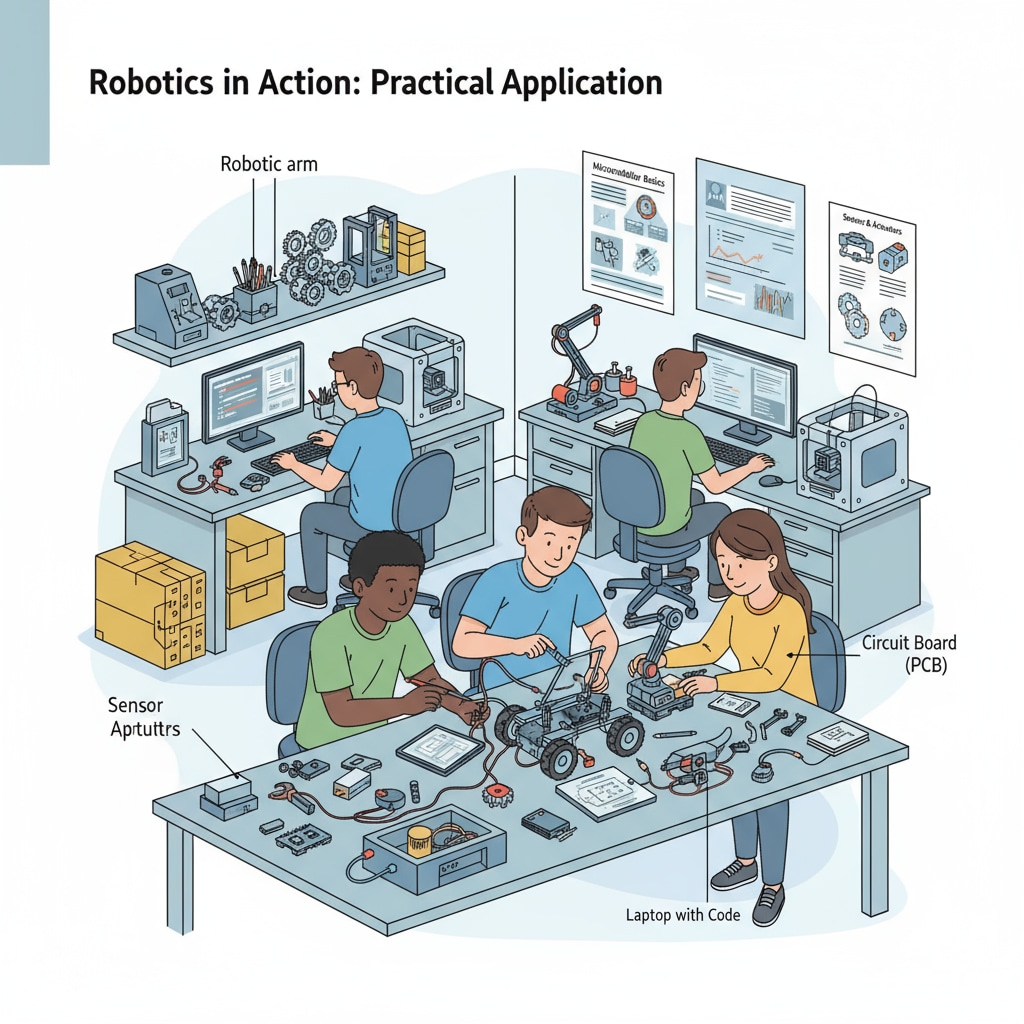Robotics master’s, studying abroad, and education costs are three intertwined aspects that many students and their families grapple with in today’s educational landscape. The pursuit of a robotics master’s degree overseas holds great promise, but it often comes with a hefty price tag. This article will explore these issues, using real-life examples and providing insights into how students can navigate this challenging terrain.

The Allure of a Robotics Master’s Abroad
Robotics is a rapidly evolving field, and obtaining a master’s degree in this discipline from a renowned overseas institution can open up numerous opportunities. For instance, countries like Canada are known for their advanced robotics research and top-notch educational facilities. A robotics master’s program abroad offers exposure to cutting-edge technologies, international research collaborations, and a diverse academic environment. According to Robotics education on Wikipedia, students can gain a global perspective and enhance their skills in areas such as artificial intelligence, machine learning, and automation, which are highly valued in the job market.

The Financial Burden of Studying Abroad
However, the cost of studying for a robotics master’s overseas can be a significant deterrent. Tuition fees, accommodation, living expenses, and travel costs all add up. For Filipino students, in particular, the financial strain can be overwhelming. Many families struggle to afford the high costs associated with studying in a foreign country. As per Education finance on Britannica, education costs have been steadily rising, making it even more challenging for students to pursue their dreams of obtaining a robotics master’s degree abroad.
In addition to the direct costs, there are also hidden expenses such as visa fees, health insurance, and the cost of textbooks and study materials. These additional costs can further exacerbate the financial burden on students and their families.
K12 Education as a Foundation
Given these financial challenges, K12 education plays a crucial role in preparing students for future educational pursuits. During this stage, students can develop strong academic foundations, critical thinking skills, and a passion for learning. By focusing on STEM subjects (science, technology, engineering, and mathematics), students can better position themselves for a career in robotics. Moreover, K12 schools can offer financial literacy programs to help students and their families understand the costs associated with higher education and develop strategies to manage them.
Furthermore, K12 education can also provide opportunities for students to engage in extracurricular activities related to robotics, such as robotics clubs and competitions. These experiences not only enhance students’ skills but also make them more competitive when applying for a robotics master’s program abroad.
Readability guidance: As we’ve seen, the journey to obtaining a robotics master’s degree abroad is fraught with financial challenges. However, with proper planning and support from K12 education, students can overcome these obstacles. By understanding the allure of studying abroad, the financial burdens involved, and the importance of a solid K12 foundation, students can make informed decisions about their future. In conclusion, it’s essential for students, families, and educators to work together to bridge the financial gap and enable students to pursue their dreams in the exciting field of robotics.


